Home>Furniture>Outdoor Furniture>How To Fix Weave Patio Furniture
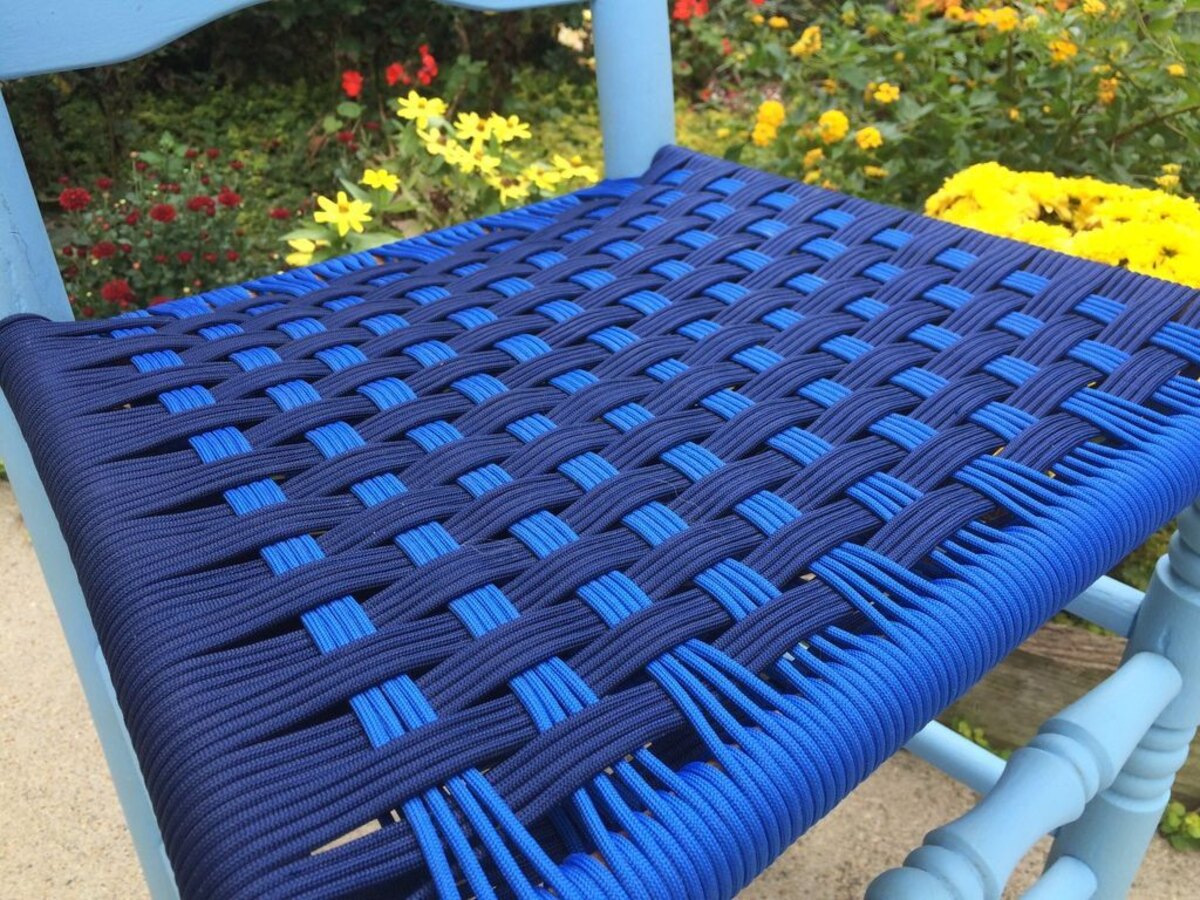

Outdoor Furniture
How To Fix Weave Patio Furniture
Modified: October 20, 2024
Learn how to fix your outdoor furniture with this step-by-step guide. Whether it's your weave patio furniture or other types of outdoor furniture, we have you covered.
(Many of the links in this article redirect to a specific reviewed product. Your purchase of these products through affiliate links helps to generate commission for Storables.com, at no extra cost. Learn more)
Introduction
Welcome to our guide on how to fix weave patio furniture. Weave patio furniture, also known as wicker furniture, is a popular choice for outdoor spaces due to its durability and aesthetic appeal. However, over time, the weave can become loose, damaged, or even break, compromising the overall quality and appearance of the furniture. But fear not! With some basic tools and a little DIY know-how, you can easily repair and restore your weave patio furniture, saving you the cost of having to replace it. In this article, we will walk you through the step-by-step process of fixing weave patio furniture, from assessing the damage to applying the finishing touches. So, let’s get started!
Key Takeaways:
- Easily repair weave patio furniture with basic tools and DIY know-how. Assess damage, gather materials, and follow step-by-step process for a cost-effective restoration.
- Keep weave patio furniture in top condition with regular cleaning, protective coatings, and furniture covers. Periodically inspect and address any loose or damaged weave strands for prolonged durability.
Read more: How To Fix Rusted Patio Furniture
Assessing the Damage
Before you begin the repair process, it’s essential to assess the extent of the damage to your weave patio furniture. Take a close look at the weave strands and identify any areas that are loose, damaged, or completely broken. Look out for unraveling or frayed edges, gaps in the weave pattern, or any signs of wear and tear.
If you have multiple pieces of furniture with similar damage, prioritize which ones you want to repair first. Start with the furniture that is in the worst condition or that you use the most frequently. This will ensure that you can enjoy your newly restored furniture as soon as possible.
Next, determine if the damage is localized to specific areas or if it is spread throughout the entire piece of furniture. This will help you decide whether you need to repair or replace the weave strands. For minor damage, such as loose weave strands, it is usually sufficient to repair them. However, if the weave is extensively damaged or if there are large sections with missing strands, you may need to consider replacing the weave entirely.
Keep in mind that assessing the damage may require you to remove any cushions or upholstery that may be covering the weave. You may also need to clean the furniture beforehand to get a clearer view of the damage. Once you have assessed the damage and determined the necessary repairs, you can proceed to the next step.
Gathering the Necessary Materials
Now that you have assessed the damage to your weave patio furniture, it’s time to gather the necessary materials for the repair process. Here are some essential items you will need:
- Weave repair kit or replacement weave strands: Depending on the extent of the damage, you may need either a weave repair kit, which typically includes materials like glue, clamps, and wire, or replacement weave strands made from the same material as your furniture.
- Pliers: A pair of pliers will come in handy for manipulating and securing the weave strands during the repair process.
- Scissors or wire cutters: You will need a sharp pair of scissors or wire cutters to trim or remove damaged or unraveled weave strands.
- Sanding paper: If the furniture has any rough or splintered areas, sanding paper will help smooth them out before the repair.
- Paint or stain (optional): If you are replacing a significant portion of the weave or if you want to give your furniture a fresh look, you may consider painting or staining the weave strands to match the existing color.
- Protective equipment: It’s always a good idea to wear gloves and safety goggles to protect your hands and eyes during the repair process.
- Clean cloth and mild soap: Before starting the repair, you may want to clean the furniture with a clean cloth and mild soap to remove any dirt or debris that may hinder the repair process.
Make sure you have all the necessary materials on hand before you begin the repair process. This will help ensure a smooth and efficient repair experience. Additionally, it’s a good idea to read the instructions or guidelines provided with the repair kit, as they may provide specific recommendations or techniques for repairing your specific weave patio furniture.
Step-by-Step Repair Process
Now that you have assessed the damage and gathered the necessary materials, it’s time to dive into the step-by-step repair process for your weave patio furniture. Follow these instructions to restore your furniture to its former glory:
- Prepare the furniture: Remove any cushions or upholstery that may be covering the weave. Clean the furniture with a clean cloth and mild soap to remove any dirt or debris.
- Trim or remove damaged weave strands: Use scissors or wire cutters to trim or remove any damaged or unraveled weave strands. Be careful not to cut any strands that are still intact and in good condition.
- Secure loose weave strands: If you have loose weave strands, use pliers to gently pull them back into place and secure them to the surrounding weave. Apply a small amount of glue to the ends of the strands if needed and use clamps or tape to hold them in place until the glue dries.
- Repair or replace broken weave strands: For broken weave strands, follow the instructions provided in your repair kit or use replacement weave strands. If using replacement strands, carefully weave them through the existing weave pattern, making sure to match the pattern and tension of the surrounding strands.
- Secure the weave strands: Once the damaged or broken strands have been repaired or replaced, use pliers to press and secure them firmly in place. Trim any excess strand length if necessary. Ensure that the repaired weave is evenly tensioned and blends seamlessly with the rest of the furniture.
- Smooth out rough areas: If there are any rough or splintered areas on the furniture, use sanding paper to smooth them out. This will help prevent any discomfort or snagging when using the furniture.
- Finishing touches: If desired, paint or stain the repaired or replaced weave strands to match the existing color of the furniture. Allow the paint or stain to dry completely before using the furniture.
- Maintenance tips: To prolong the lifespan of your repaired weave patio furniture, regularly clean it with a mild soap and water solution. Avoid exposing the furniture to extreme weather conditions and consider using furniture covers when not in use.
Following these step-by-step instructions will help you effectively repair and restore your weave patio furniture. Remember to take your time and pay attention to detail for the best results. Once the repair process is complete, you can once again enjoy your outdoor space with beautifully restored furniture.
Repairing Loose or Damaged Weave
One common issue with weave patio furniture is loose or damaged weave strands. These can cause discomfort and compromise the overall integrity of the furniture. Here’s how you can repair loose or damaged weave strands:
- Identify the loose or damaged weave strands: Inspect the furniture closely and identify any weave strands that appear loose, unraveling, or damaged. These may be causing the discomfort or compromising the appearance of the furniture.
- Secure the loose weave strands: Use pliers to grip the loose strands and gently pull them back into place. You can also use your fingers to manipulate the strands if they are not too tight or delicate.
- Apply adhesive if needed: If the weave strands are not staying in place, apply a small amount of adhesive, such as glue or resin, to the ends of the strands. Be cautious not to use too much adhesive, as it may seep through the weave and create a mess.
- Hold the strands in place: To ensure the adhesive dries properly, use clamps, clothespins, or tape to hold the loose weave strands in place. This will prevent them from shifting or unraveling while the adhesive sets. Follow the manufacturer’s instructions for the recommended drying time.
- Trim any excess length: Once the glue or adhesive has dried, carefully trim any excess length from the weave strands using scissors or wire cutters. Make sure the trimmed ends are neatly tucked into the weave to avoid any sharp or protruding edges.
By following these steps, you can effectively repair loose or damaged weave on your patio furniture. Take your time to ensure that the repaired weave strands are securely in place and blend seamlessly with the rest of the furniture. Once the repair is complete, you can enjoy your comfortable and visually appealing outdoor seating once again.
To fix weave patio furniture, use a strong adhesive to reattach any loose or broken weave strands. Clean the area thoroughly before applying the adhesive for best results.
Read more: How To Fix Wicker Patio Furniture
Replacing Broken or Missing Weave Strands
If your weave patio furniture has broken or missing weave strands, it’s essential to replace them to restore the functionality and appearance of the furniture. Here’s a step-by-step guide on how to replace broken or missing weave strands:
- Identify the broken or missing weave strands: Inspect the furniture carefully and identify the weave strands that are broken or entirely missing. These areas may have noticeable gaps or irregularities in the weave pattern.
- Remove any remaining damaged strands: If there are any remaining damaged strands in the area, use scissors or wire cutters to carefully remove them. This will create a clean space for the replacement strands.
- Prepare the replacement weave strands: Depending on the type of weave and the availability of replacement strands, you can use either ready-made replacement strands or create your own. If using ready-made strands, ensure they match the material and color of the existing weave.
- Weave the replacement strands through the existing pattern: Starting from one end, carefully weave the replacement strands through the existing weave pattern. Pay attention to the tension and pattern to ensure a seamless blend with the rest of the furniture.
- Secure the replacement strands: Once the replacement strands are woven into place, use pliers to press and secure them firmly. Make sure they are held securely to prevent unraveling or shifting over time.
- Trim any excess length: After securing the replacement strands, trim any excess length using scissors or wire cutters. Ensure that the trimmed ends are neatly tucked into the weave to avoid any sharp or protruding edges.
It’s important to note that replacing broken or missing weave strands may require some skill and patience. Take your time to ensure that the new strands are woven in correctly and blend seamlessly with the rest of the furniture. With proper replacement, your weave patio furniture will regain its structural integrity and visual appeal.
Reattaching Loose or Unraveled Weave
If you have loose or unraveled weave on your patio furniture, reattaching it properly is crucial to maintain the integrity of the weave pattern. Here’s how you can reattach loose or unraveled weave:
- Identify the loose or unraveled weave: Inspect the furniture closely and locate the sections where the weave appears loose or has unraveled edges. These areas may create gaps or inconsistencies in the weave pattern.
- Prepare the loose weave strands: Gently pull the loose weave strands back into place, ensuring they match the weave pattern of the surrounding area. If the strands are too loose or damaged, you may need to trim or remove them completely.
- Apply adhesive or glue: Using a small amount of adhesive or glue, carefully spread it along the unraveled edges of the weave strands. This will help hold them in place and prevent further unraveling or movement.
- Press and secure the weave strands: After applying the adhesive, press the loose or unraveled weave strands firmly against the surrounding weave. Use pliers or your fingers to secure them in place and ensure they adhere properly.
- Hold the weave strands in place: To allow the adhesive to dry and set, use clamps, clothespins, or tape to hold the weave strands in place. This will prevent them from shifting or coming loose during the drying process. Refer to the adhesive manufacturer’s instructions for the recommended drying time.
- Trim any excess length: Once the adhesive has dried, carefully trim any excess length from the reattached weave strands using scissors or wire cutters. Make sure the trimmed ends are neatly tucked into the weave to create a seamless appearance.
Properly reattaching loose or unraveled weave ensures the structural stability and visual appeal of your patio furniture. Pay attention to detail and take your time during this process to achieve the best results. With the weave securely in place, you can once again enjoy a comfortable and visually pleasing outdoor seating experience.
Finishing Touches and Maintenance Tips
After completing the repair process for your weave patio furniture, there are a few finishing touches and maintenance tips to keep in mind to ensure its longevity and continued enjoyment:
- Clean and protect: Regularly clean your patio furniture with a mild soap and water solution to remove dirt and debris. Avoid using harsh chemicals or abrasive cleaning materials that can damage the weave or finish.
- Apply a protective coating: Consider applying a protective coating, such as a weather-resistant spray or wax, to help shield the weave from the elements. This will help extend its lifespan and prevent premature fading or deterioration.
- Use furniture covers: When not in use, cover your patio furniture with weatherproof covers to protect it from rain, snow, UV rays, and other environmental factors. This will help prevent damage and maintain its appearance.
- Avoid excessive weight: Avoid placing heavy objects or sitting on areas of the furniture that have been recently repaired. This will help prevent additional stress on the weave and reduce the likelihood of future damage.
- Check and tighten periodically: Periodically inspect your patio furniture for any signs of loose or damaged weave strands. If you notice any issues, address them promptly to prevent further damage and the need for extensive repairs.
- Store indoors during extreme weather: In severe weather conditions such as high winds, storms, or extreme temperatures, it’s best to store your patio furniture indoors to prevent damage. Consider a dry and secure storage area for the off-season.
By following these finishing touches and maintenance tips, you can prolong the life of your repaired weave patio furniture and ensure that it remains in good condition for years to come. Remember, regular maintenance and care are essential to preserving the beauty and functionality of any outdoor furniture.
Conclusion
Repairing weave patio furniture is a practical and cost-effective way to extend its lifespan and maintain its aesthetic appeal. By following the step-by-step process outlined in this guide, you can easily fix loose weave, replace broken strands, and reattach unraveled sections, restoring your furniture to its former glory.
Assessing the damage, gathering the necessary materials, and following the repair process with care and attention to detail are crucial for a successful repair. Whether you’re securing loose strands, replacing broken ones, or reattaching unraveled weave, each step plays a significant role in achieving a seamless and durable repair.
After completing the repairs, don’t forget the finishing touches and maintenance tips. Regular cleaning, applying protective coatings, using furniture covers, and periodic inspections will ensure your weave patio furniture stays in great condition for years to come, even in outdoor environments.
Remember, patience and precision are key when repairing weave patio furniture. Take your time, familiarize yourself with the specific requirements of your furniture, and follow the manufacturer’s instructions or repair kit guidelines, if available.
With proper care and repairs, your weave patio furniture will continue to provide comfort and enhance the beauty of your outdoor space. So, roll up your sleeves, gather your tools, and restore your weave patio furniture to its former glory!
Frequently Asked Questions about How To Fix Weave Patio Furniture
Was this page helpful?
At Storables.com, we guarantee accurate and reliable information. Our content, validated by Expert Board Contributors, is crafted following stringent Editorial Policies. We're committed to providing you with well-researched, expert-backed insights for all your informational needs.
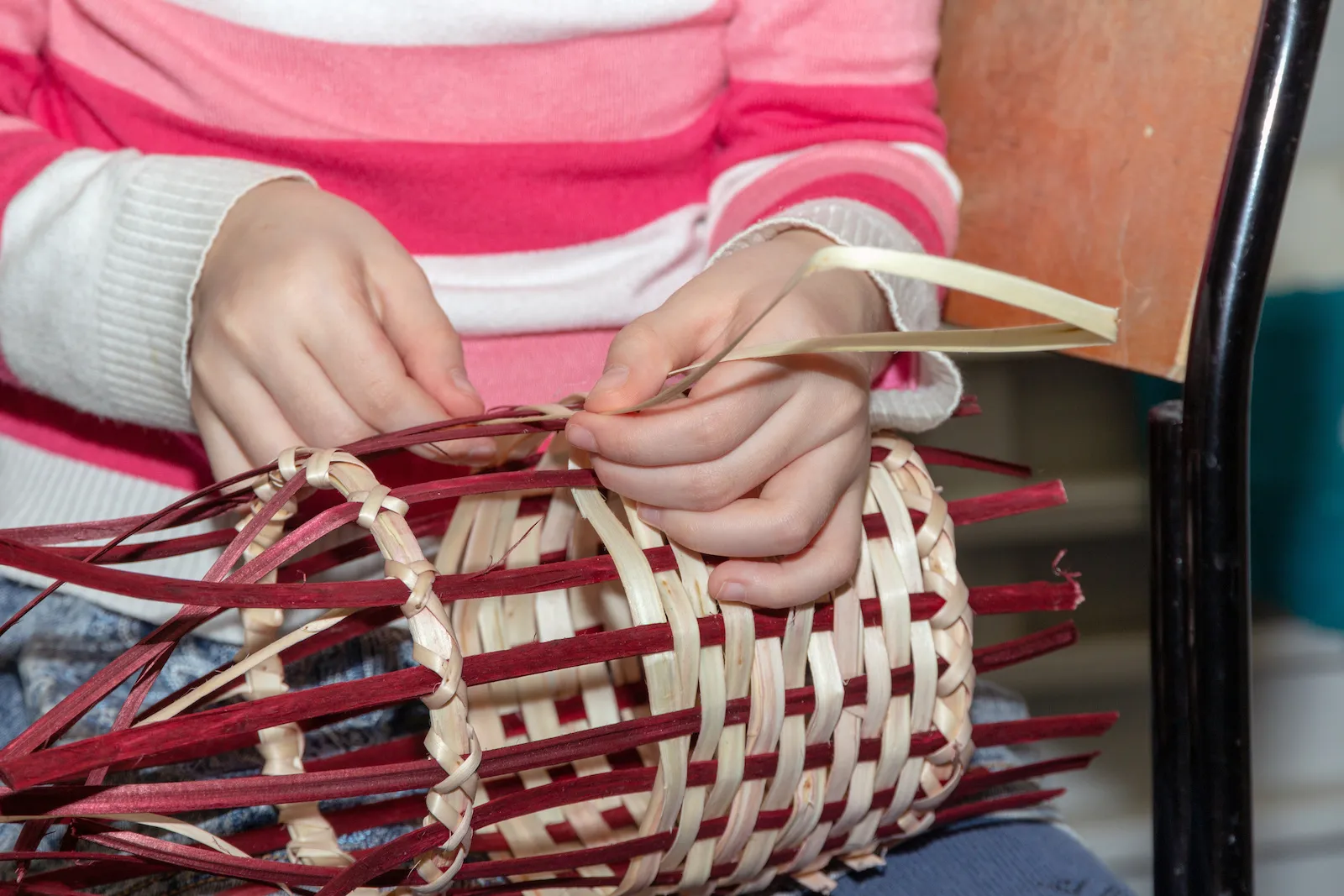
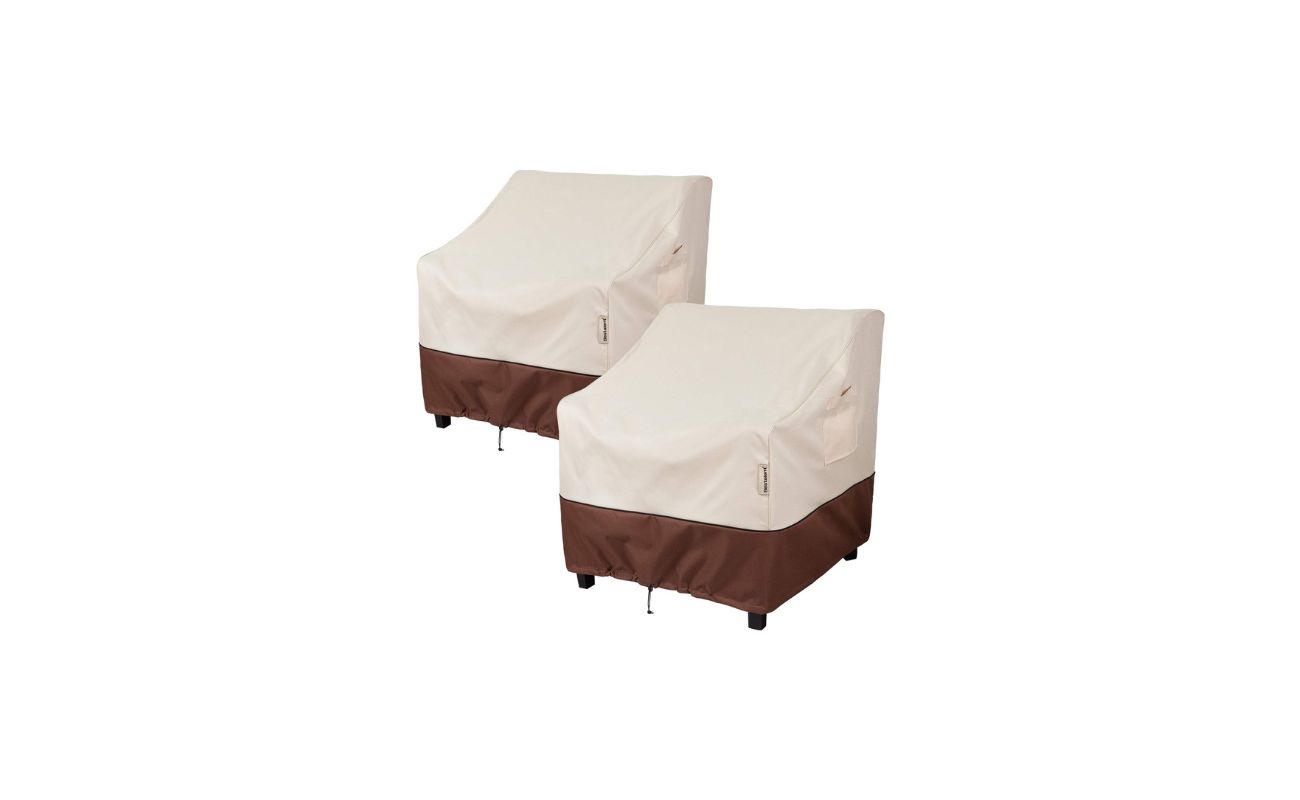
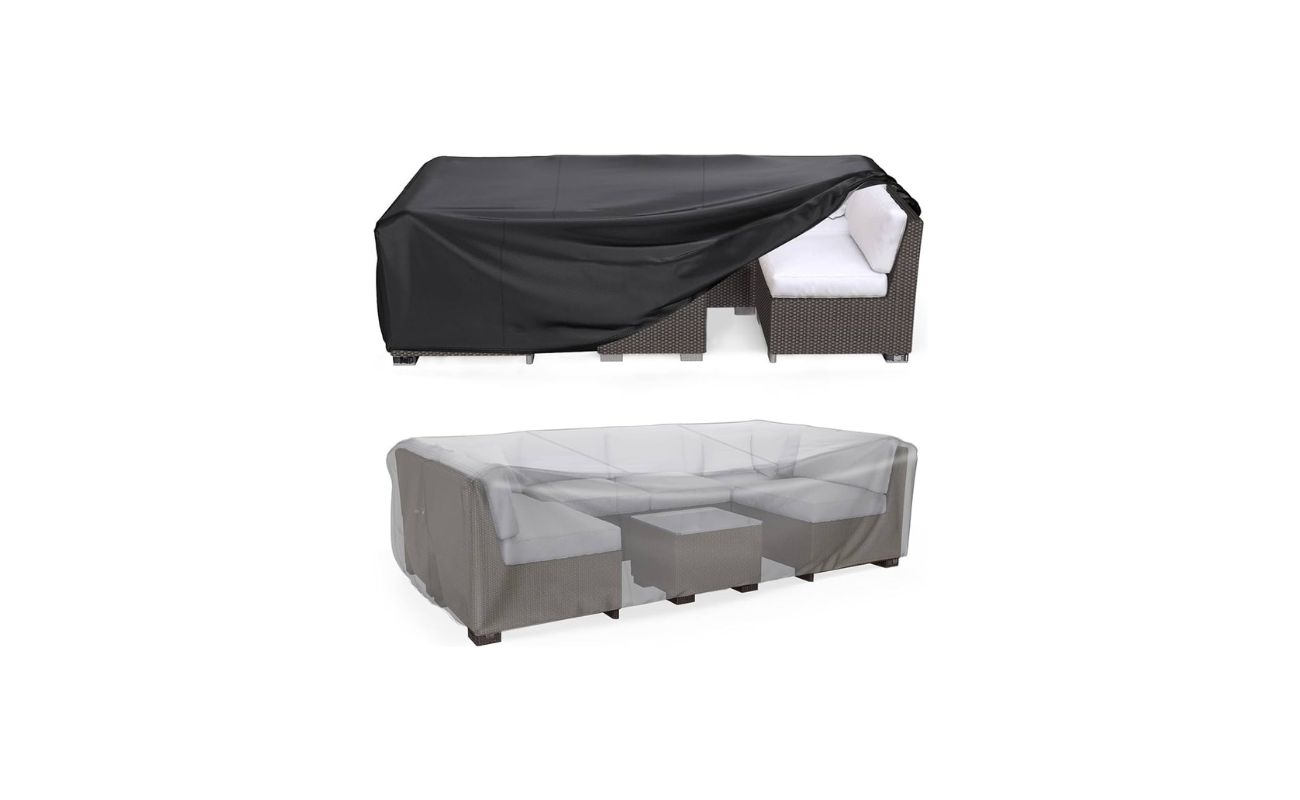
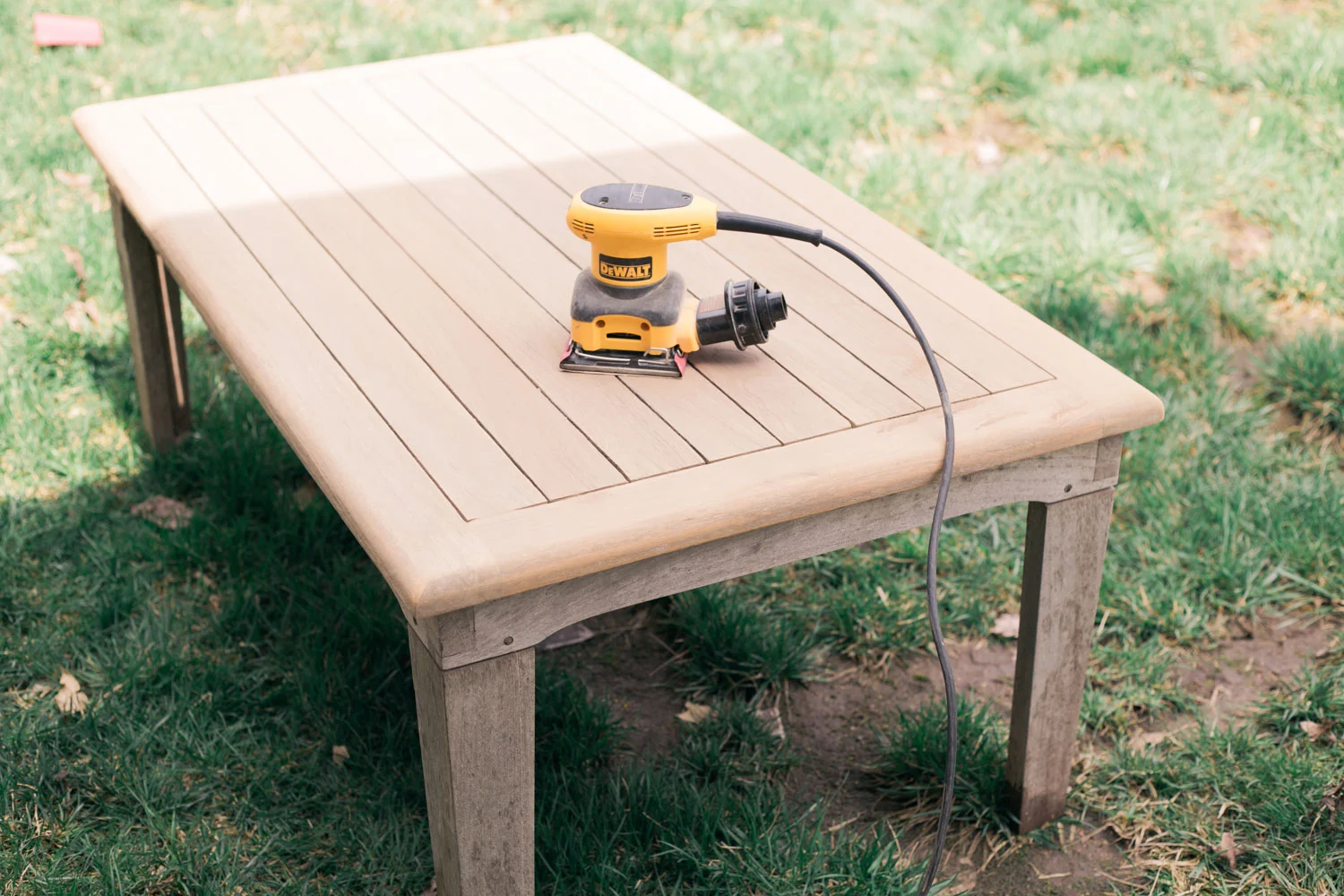
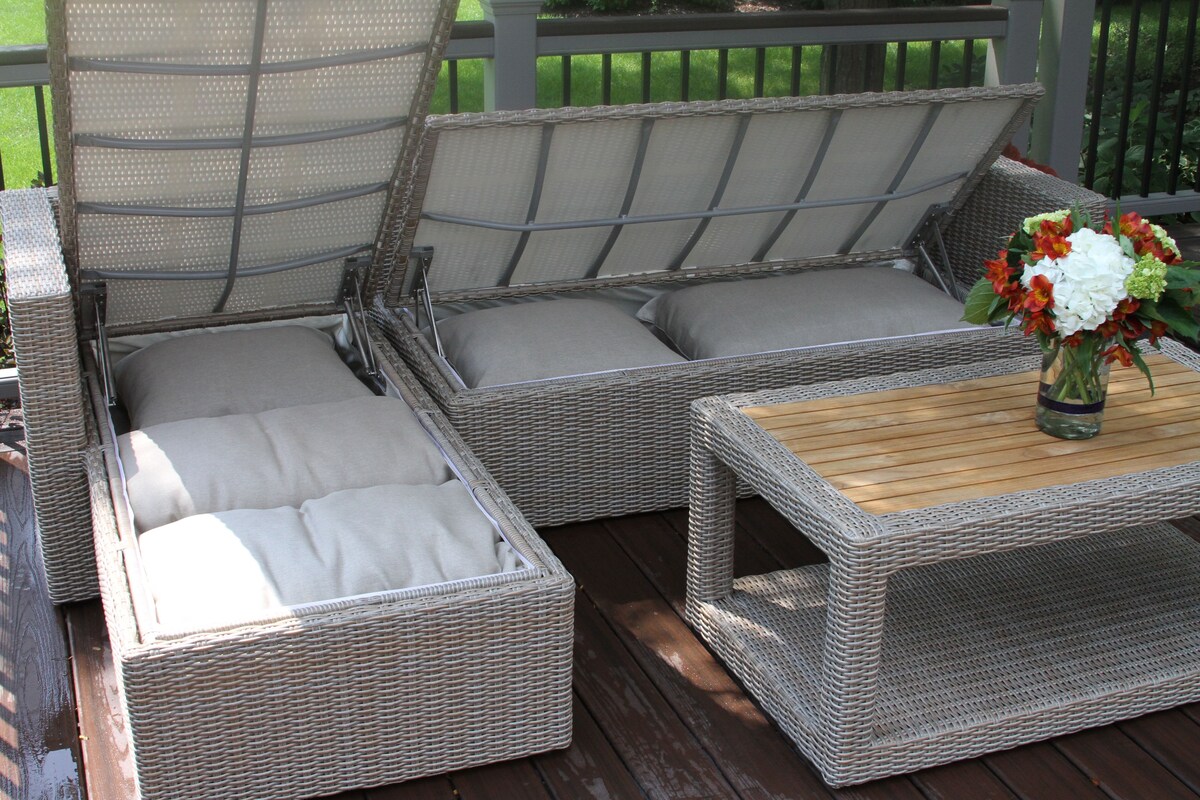
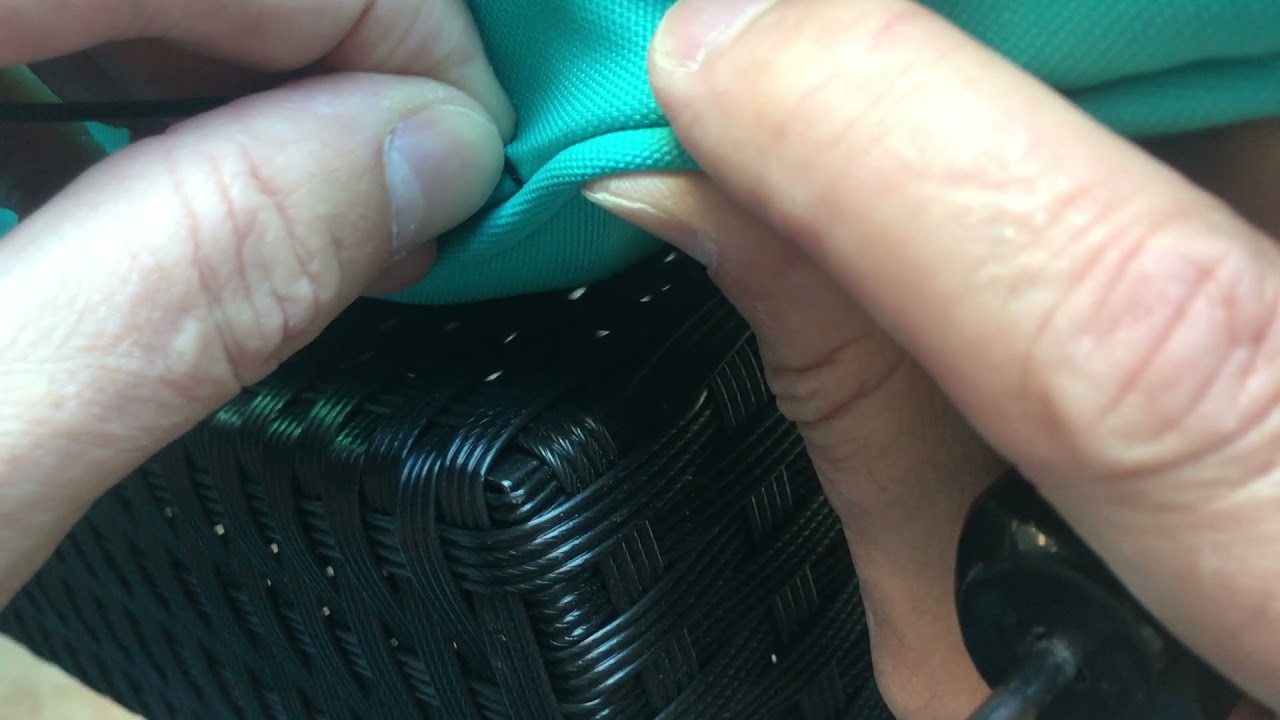
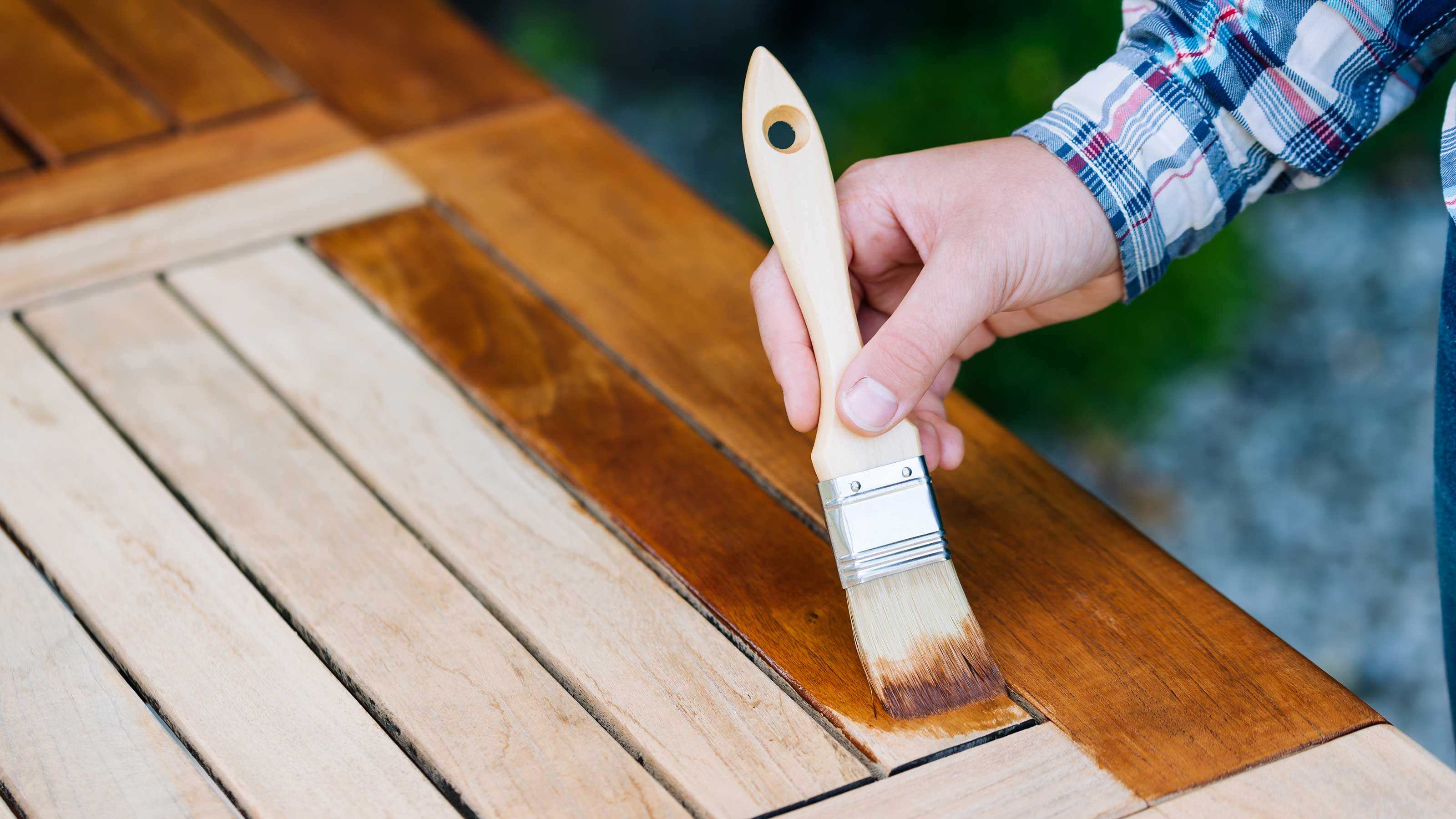
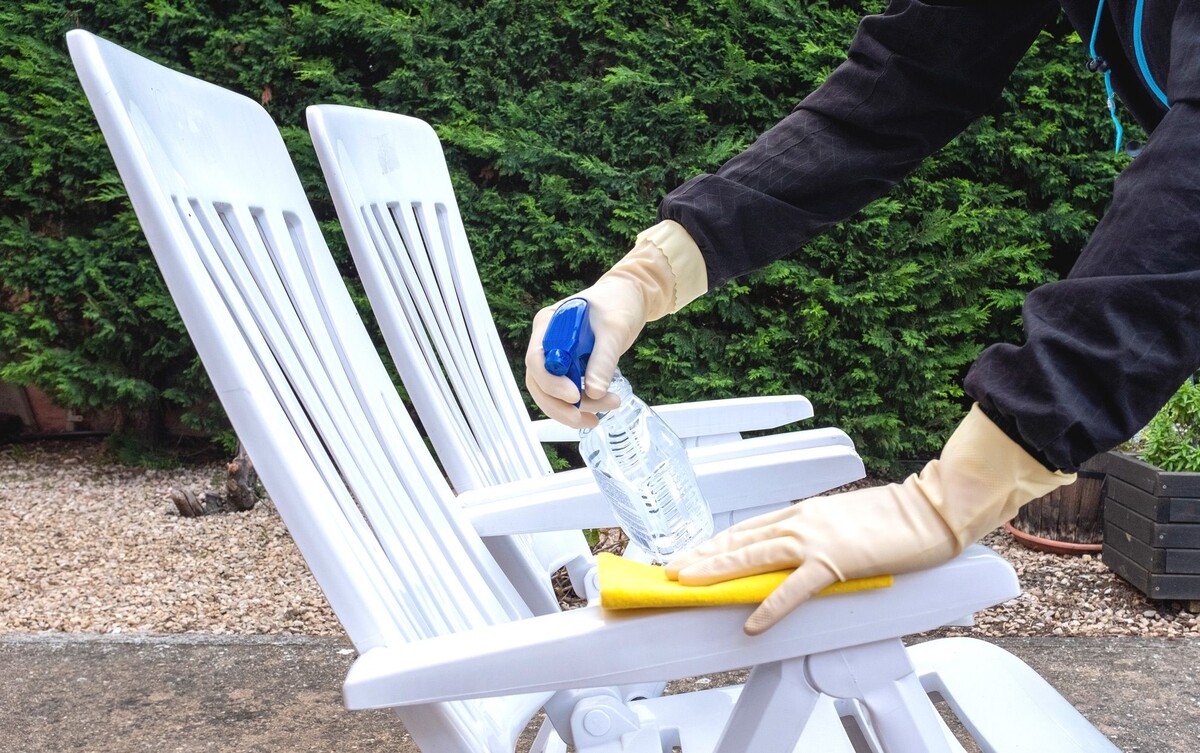
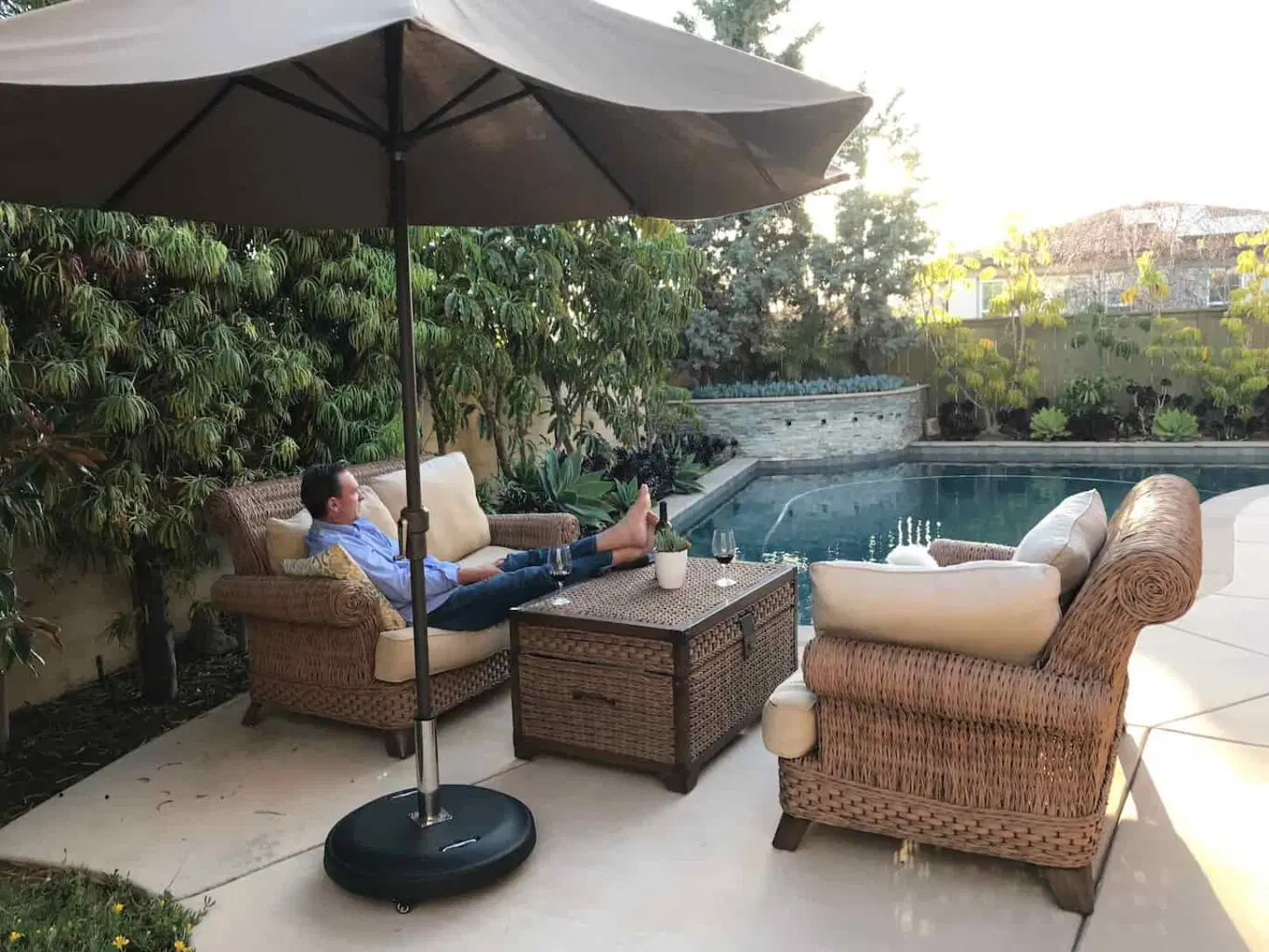
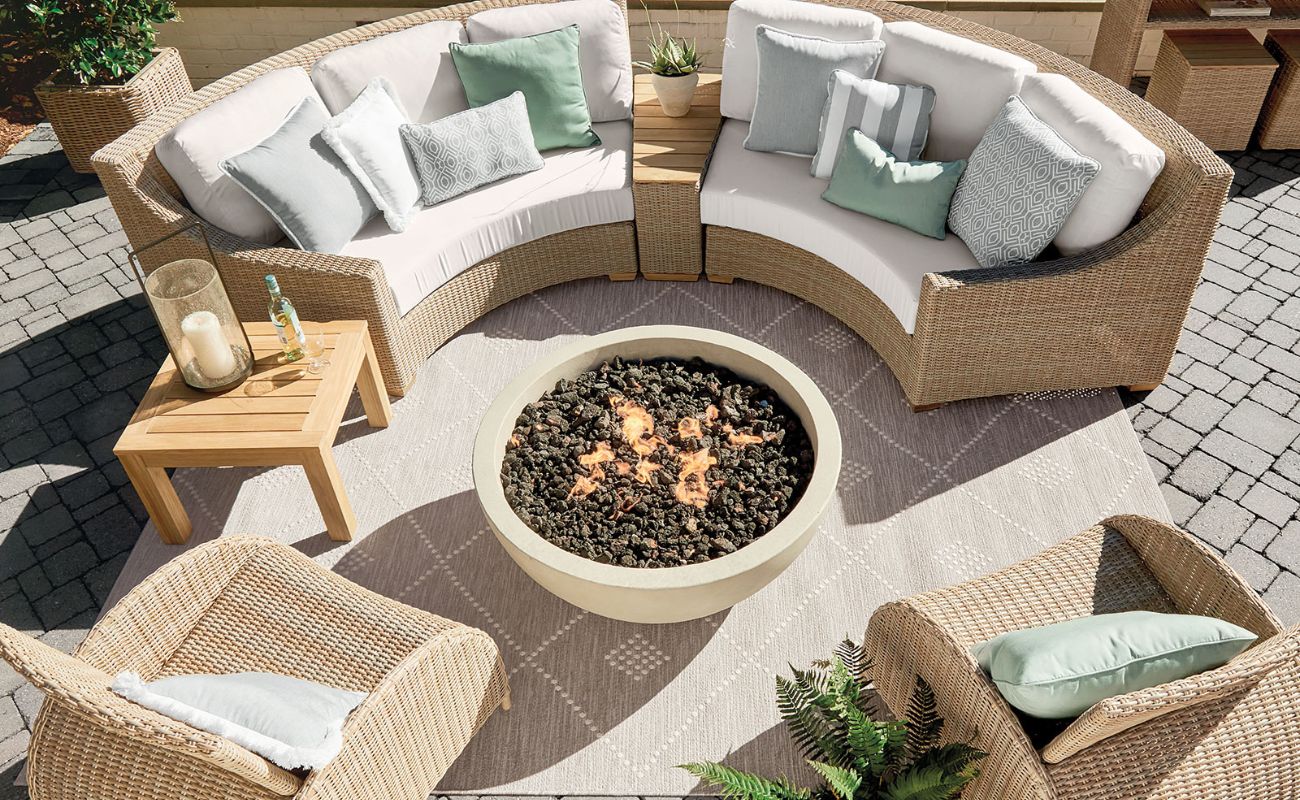
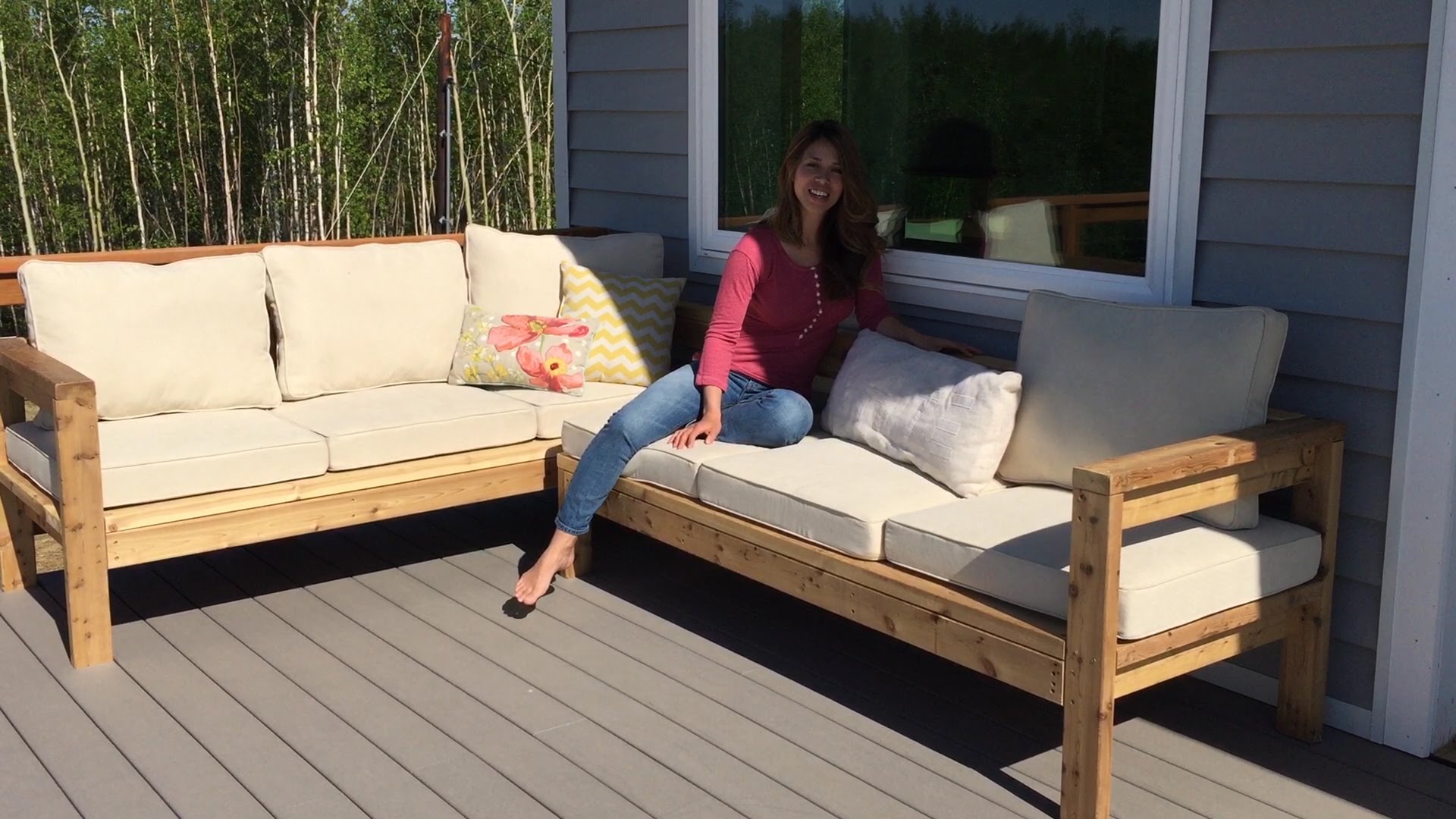
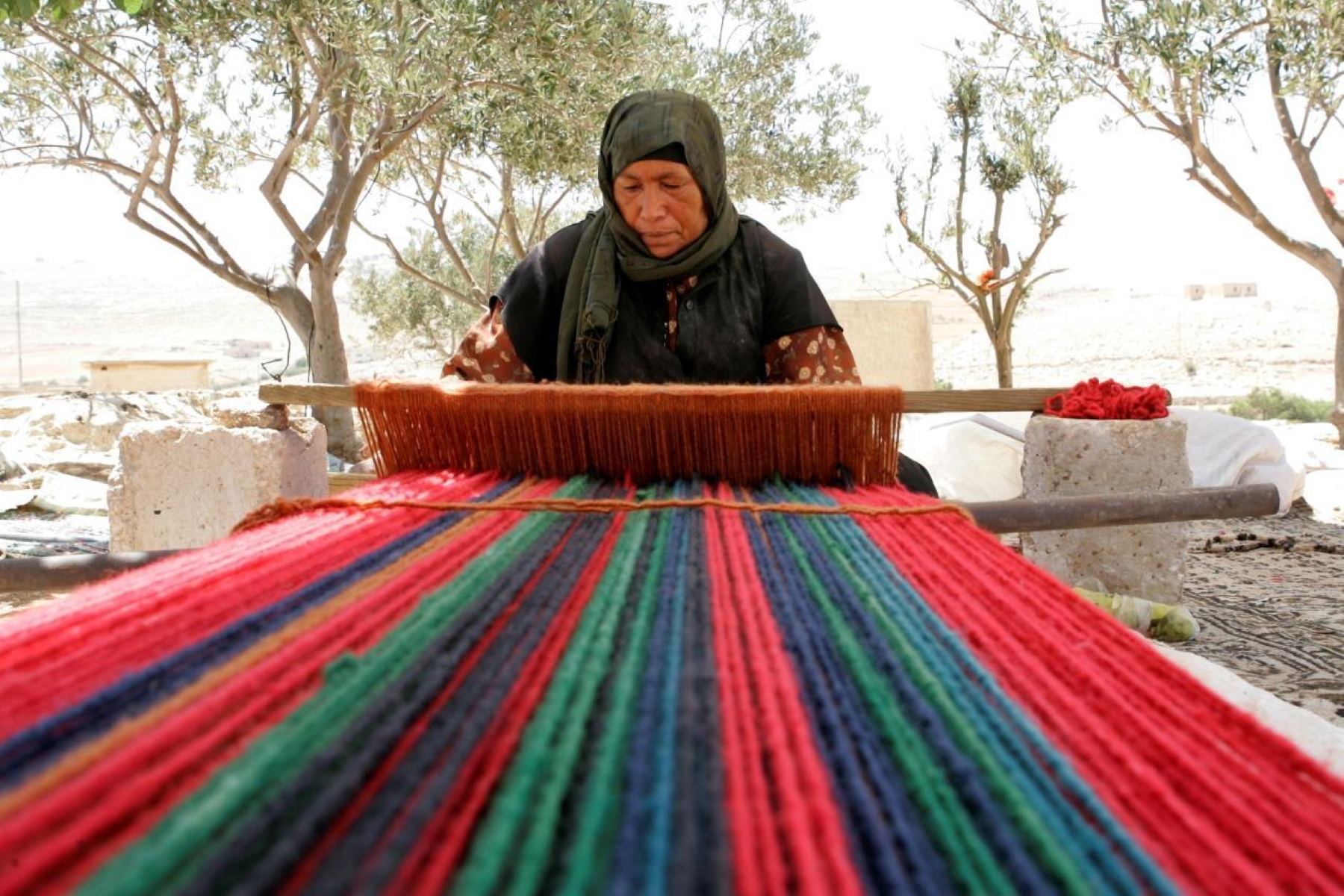
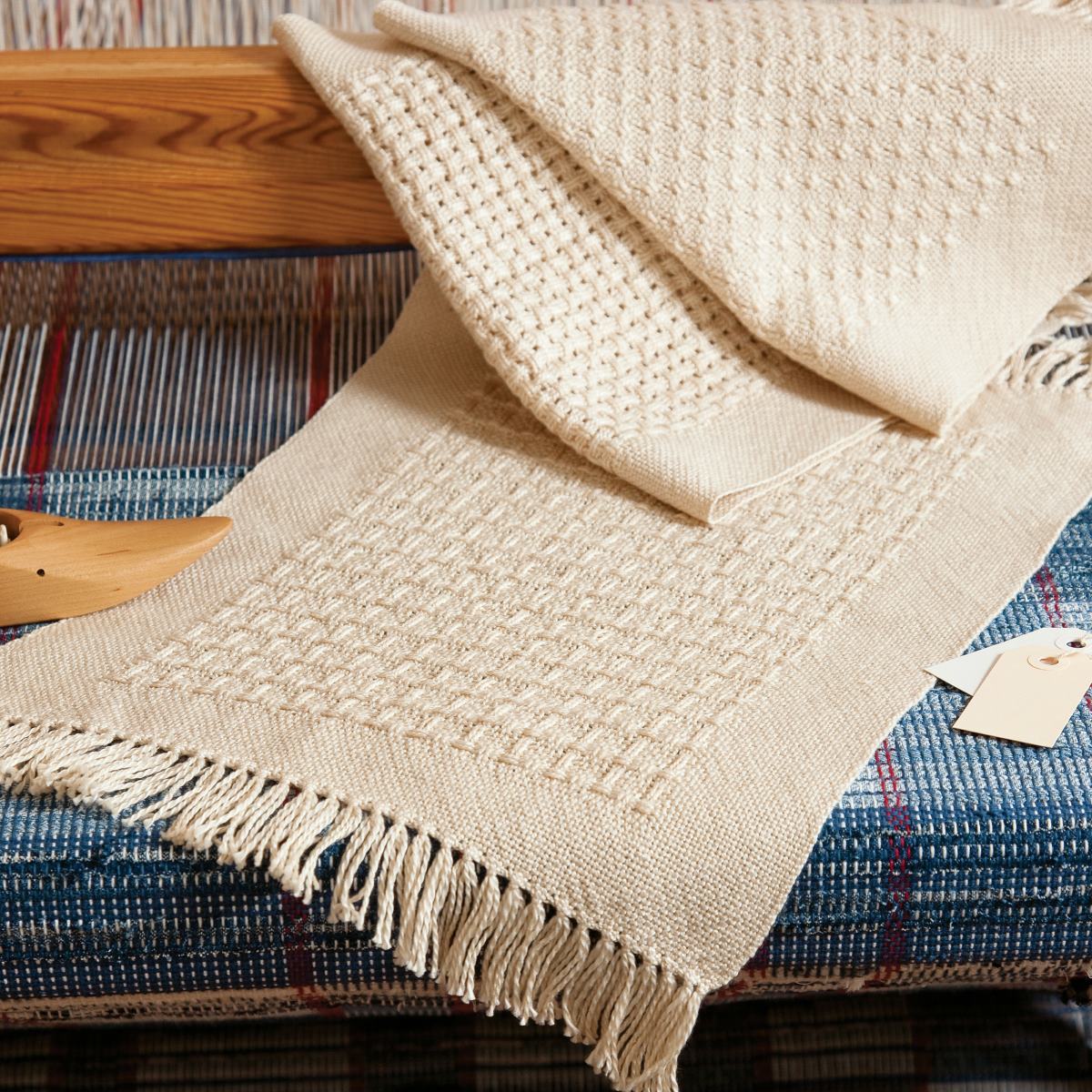
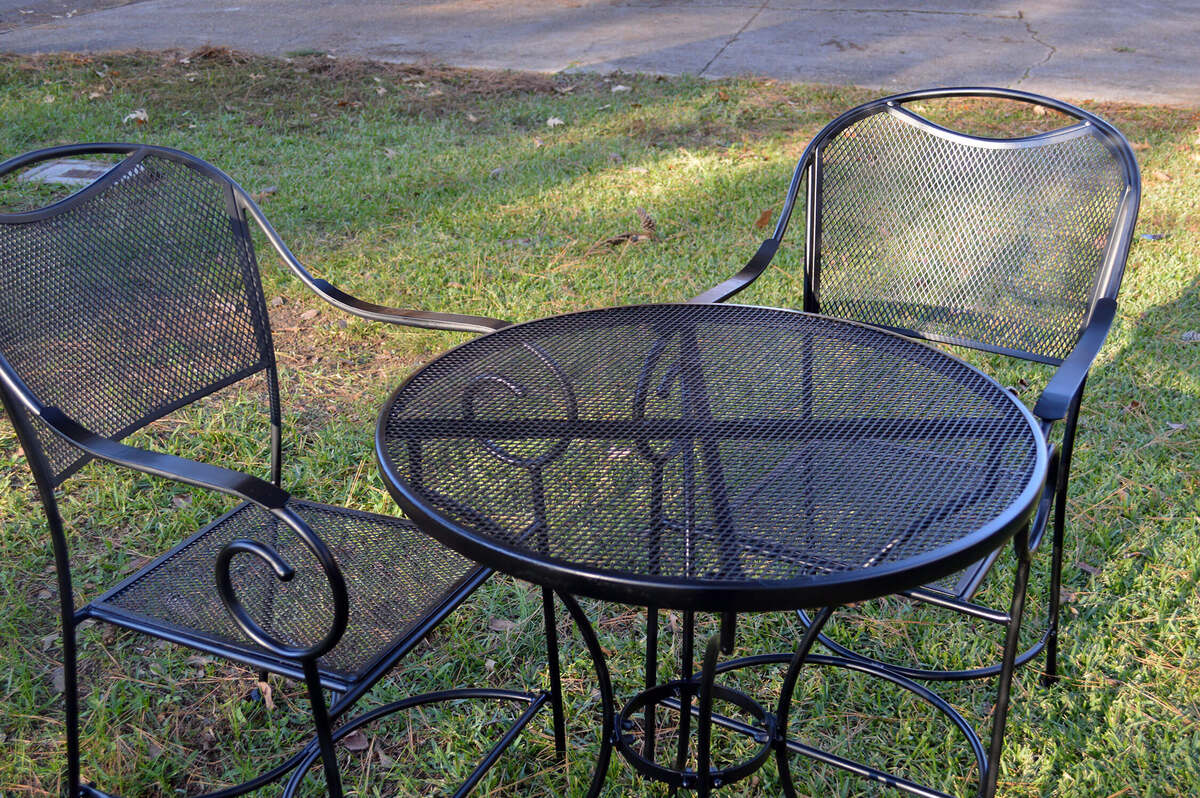

0 thoughts on “How To Fix Weave Patio Furniture”